Which Kettle Is Better: Traditional or Electric
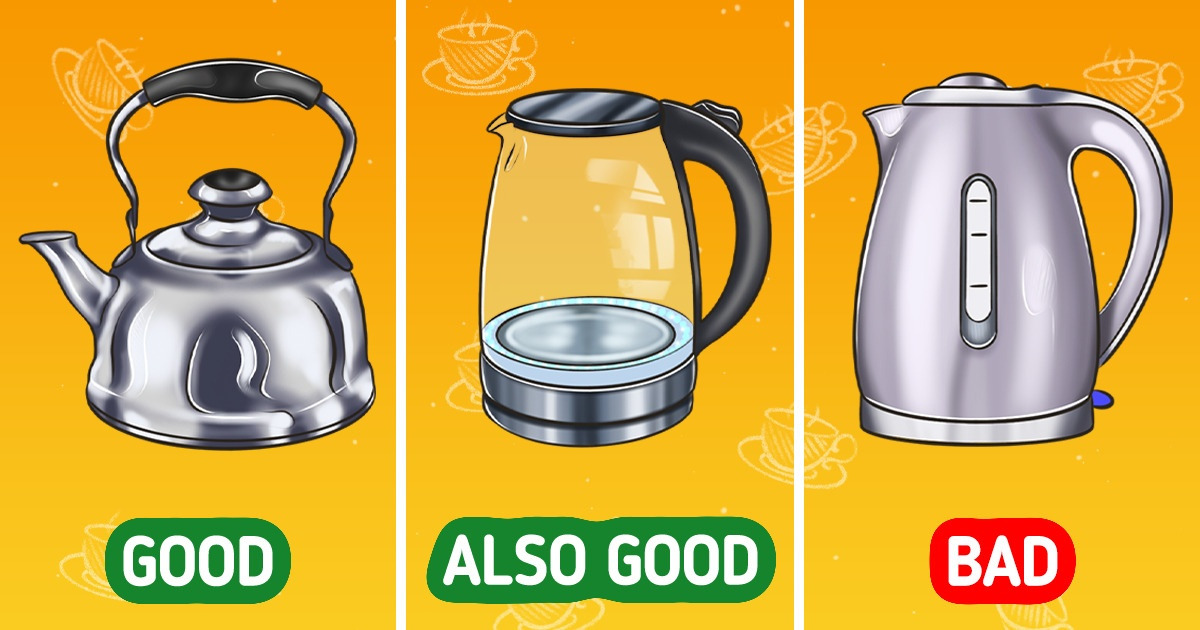
We can’t do without boiled water. And the quickest and easiest way to get it is by using a kettle. But which one is better, an electric or traditional one? Perhaps many of us have had to make this choice when looking for a kettle.
5-Minute Crafts would like to help you choose the best kettle for you.
Why boiling water is necessary
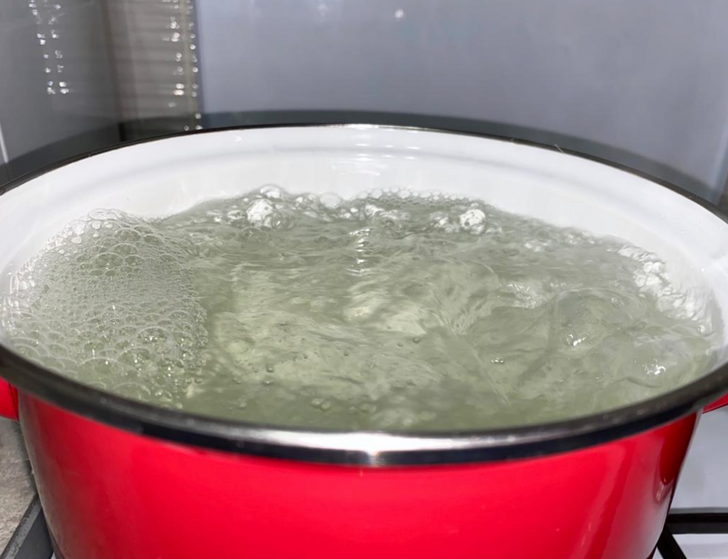
How can boiled water be used?
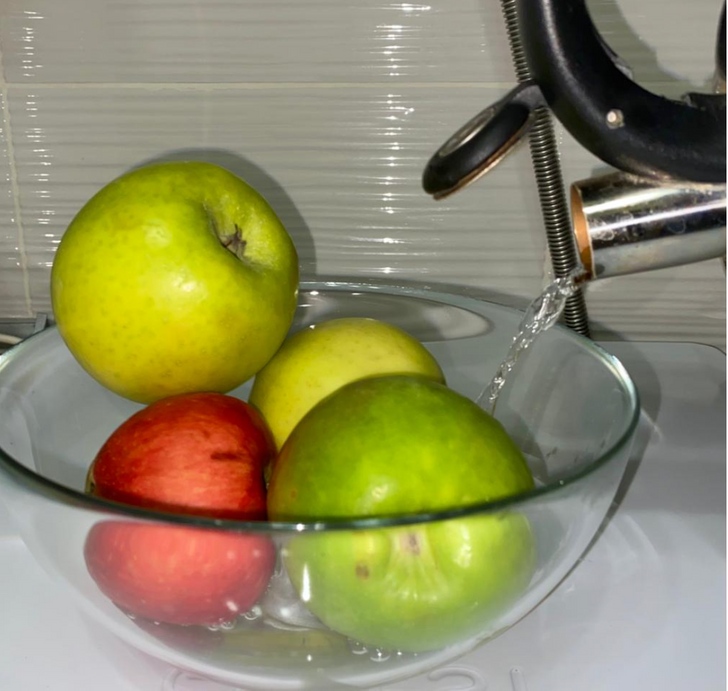
Apart from just drinking it, boiled water is recommended to be used in and for the following:
- Drinks: tea, coffee, cocktails, etc.
- Cooking
- Baby formula
- Washing vegetables and fruits
- Brushing teeth
- Ice
- Feeding pets
The history of the teapot and kettle
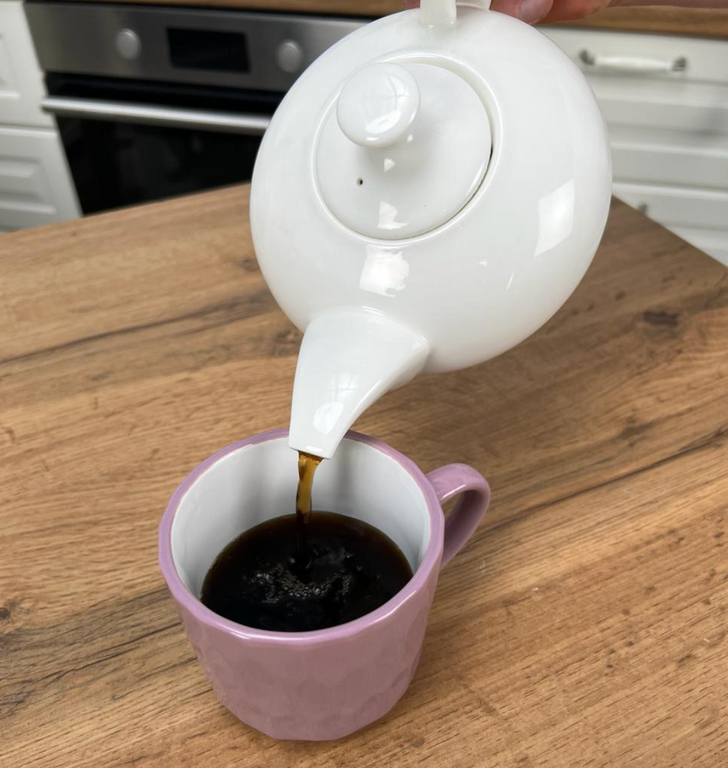
A kettle has been the most common kitchen appliance for many years. Of course, water can also be boiled in a pot, but a kettle features a spout through which it’s convenient to pour water.
People have been using kettles since the beginning of time, basically. In around 3500 BCE in Mesopotamia, they made kettles of bronze and iron that were similar in design to modern ones.
The first mentions of a teapot date back to the seventeenth century. It was used in China to brew tea leaves.
The first electric kettle appeared in the USA in 1891. It was developed by the Carpenter Electric Company. It took almost 12 minutes to bring the water to a boil. A fully automatic electric kettle was invented in 1956. Around the same time, plastic electric kettles began to be produced.
Advantages and disadvantages of a traditional kettle
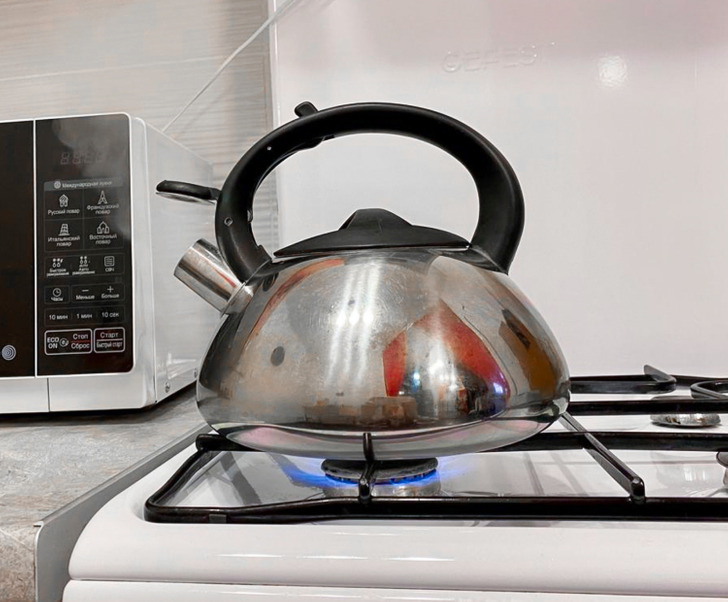
Advantages:
- A traditional stovetop kettle can be used in places where there is no electricity. It is usually used to boil water on a gas or electric stove. But this kettle can also be put on the campfire when you’re on a camping trip, for example.
- It doesn’t have a heating element, which can be harmful to your health if not properly maintained.
- Traditional kettles are easier to clean because they don’t have electronics or a heating element.
This means that there are fewer hard-to-reach places where limestone can accumulate. - This kettle is more durable.
- Stovetop kettles have more variety in style, shape, and color, and can fit in any kitchen.
Disadvantages:
- A traditional kettle takes longer to boil water.
- It’s more expensive than a simple electric one because it’s often made of copper. Although you can find budget-friendly options.
- A stovetop kettle doesn’t have an automatic shut-off feature, so it must be monitored, otherwise, the water can boil away.
- It has no thermometer, which is necessary for making some drinks, such as green tea.
Electric kettle: pros and cons
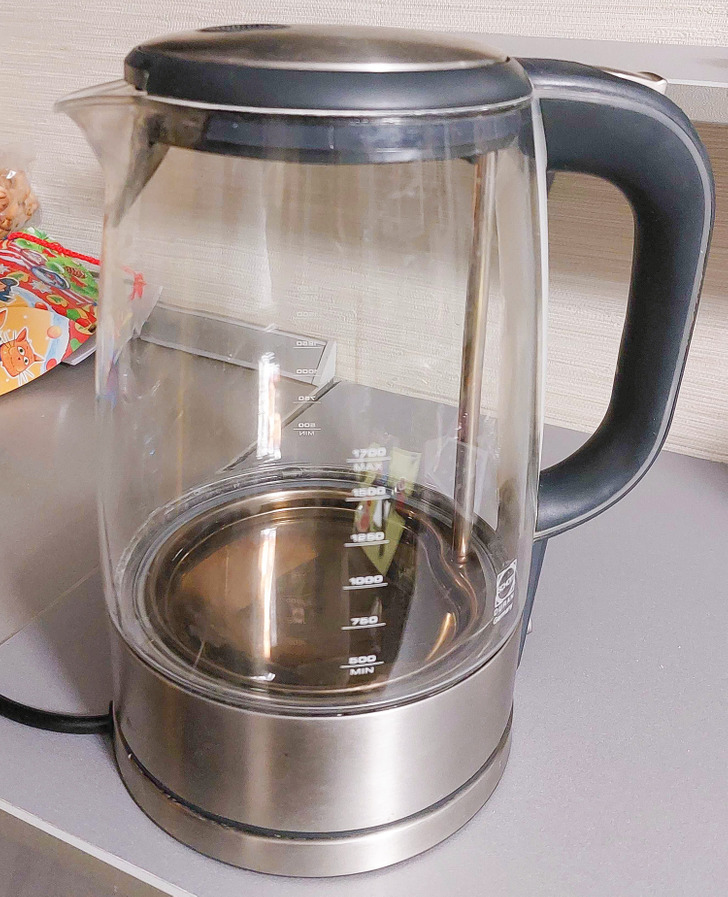
Pros:
- An electric kettle can boil water much faster than a stovetop one.
- It shuts off automatically and doesn’t need to be monitored.
- This kettle has water temperature control, so you can heat water up to 160°F or 180°F.
- Some electric kettles can maintain the desired water temperature for up to 30 minutes.
- There are very budget-friendly models of electric kettles that are cheaper than stovetop ones.
- It can be used not only in the kitchen but also in any other room where there is a power outlet.
- Modern models of electric kettles have become very smart. They can work as an alarm clock so that you can schedule your kettle to start boiling water right before you wake up. And you can control such a kettle directly from your phone.
Cons:
- You need electricity for an electrical kettle to work. If there is a power outage, you may be left without a cup of tea.
- They take up more space. If a traditional kettle stays on the stove, an electric kettle usually occupies some space on the countertop.
- It’s difficult to clean. Some models of electric kettles are difficult to clean due to the heating elements inside.
If electric kettles are safe
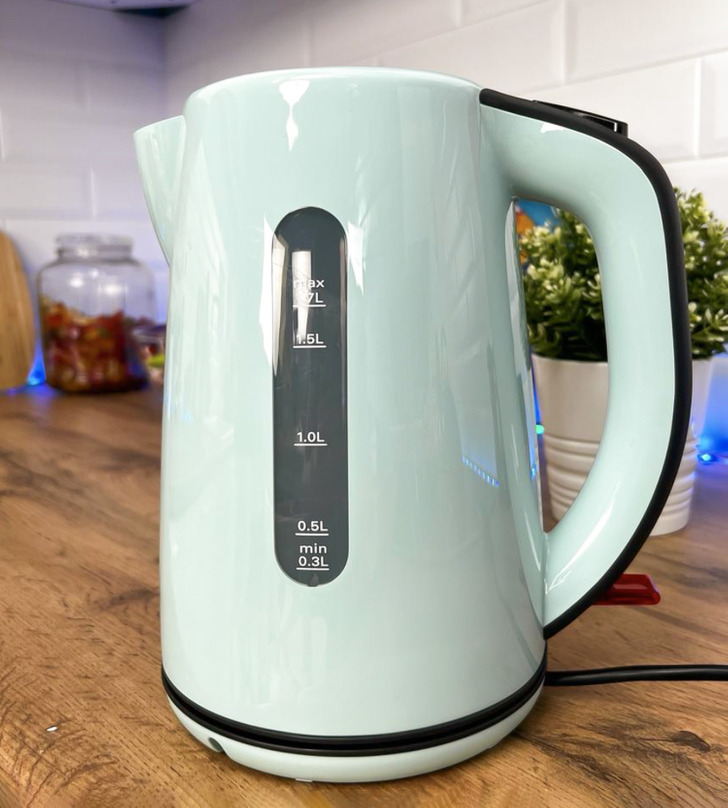
Some electric kettles contain nickel elements. They can have a negative effect on the human body. And plastic, when heated, may leach BPA (bisphenol A) or phthalates into the water. BPA can disrupt hormones in the body, promote heart disease, etc.
An excellent alternative to a plastic kettle is a kettle made of glass and stainless steel. It is safe for the human body.
Which kettle to choose
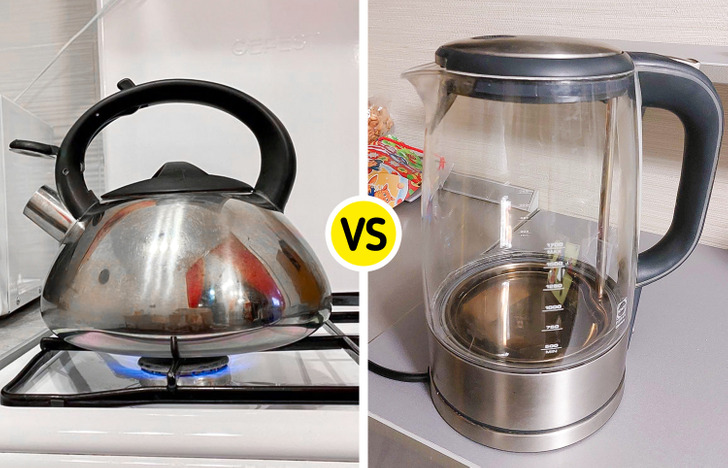
There is no definite answer to the question of which kettle is better, a traditional or electric one. It all depends on your personal needs.
Electric and stovetop kettles look alike and have the same purpose — they heat water. Their fundamental difference is in the method of heating. A stovetop kettle requires an external heat source, a stove or a fire, and an electric kettle needs electricity. Before making a choice, think about which method is preferable for you.
An electric kettle is suitable for those who love high-tech solutions and don’t spend much time in the kitchen. It will also be a great option for families with children and elderly people who might just forget that they’ve put the kettle on the stove. This option is also preferable for those who like different teas and drinks that should be made at a certain temperature. Additionally, an electric kettle is an ideal choice for an office or dorm room.
A traditional kettle is a better option for those who don’t want to have an extra item on the countertop. Also, a stovetop kettle creates a cozy, homey atmosphere in the kitchen where warm family tea parties are often held.
Important! Before buying an electric kettle, make sure that its materials are safe.